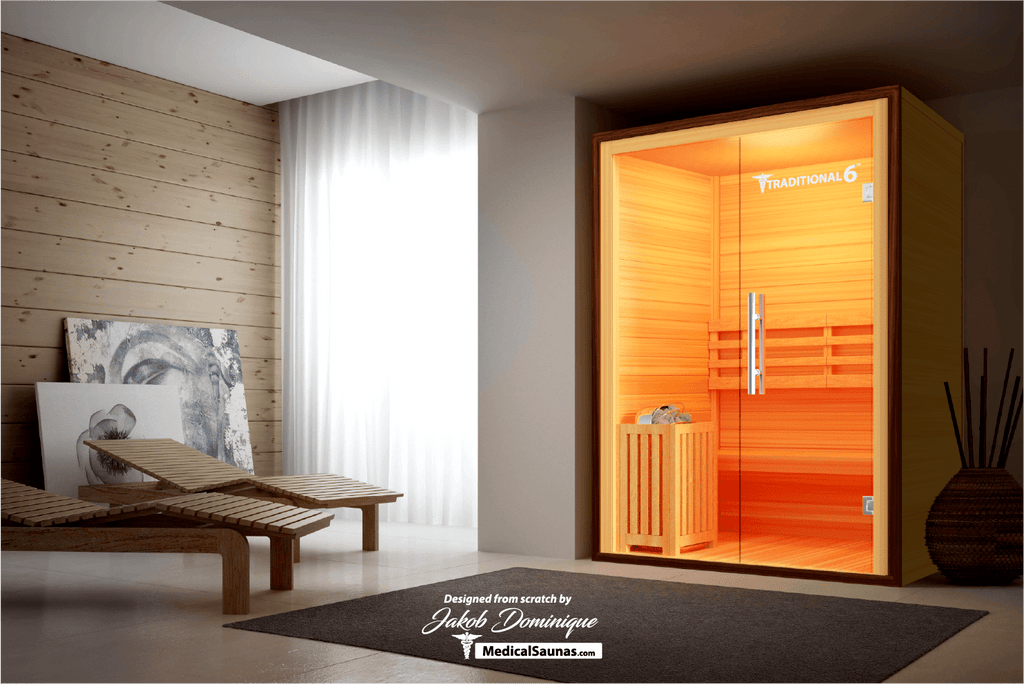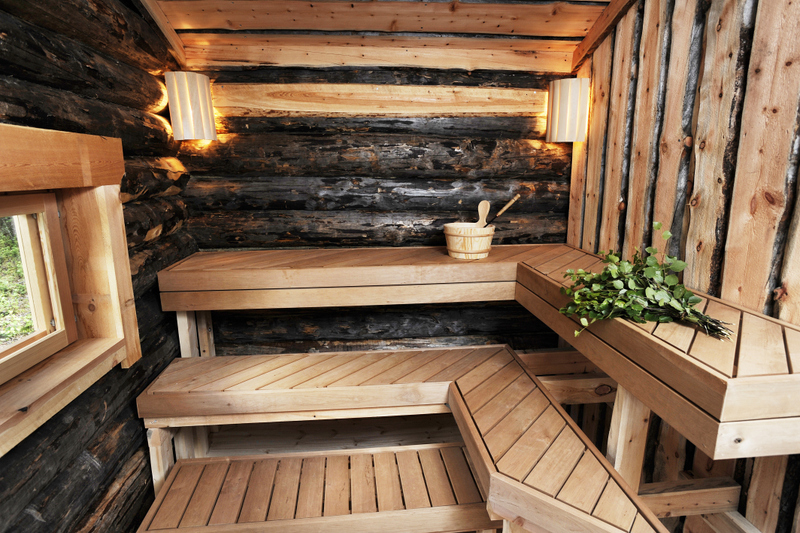Not known Facts About Traditional Sauna
Not known Facts About Traditional Sauna
Blog Article
The 25-Second Trick For Traditional Sauna
Table of ContentsNot known Details About Traditional Sauna Top Guidelines Of Traditional SaunaA Biased View of Traditional SaunaNot known Details About Traditional Sauna
A lot of the weight lost in a sauna is water loss and is re-gained upon rehydrating. Without a doubt sauna can be a crucial part of a healthy weight loss program. To check out the differences between conventional and IR saunas, I will certainly divide these right into verifiable, academic, and produced differences.Therefore, the best factor in the saunawhich goes to the ceiling directly above the sauna heateris commonly in between 185 and 190 F. Traditional Sauna. Claims that a conventional sauna exceeds 200 F is just not true and not appropriate for electric saunas marketed in the United States. The temperature for a far-infrared sauna is usually established in between 120 and 140 F; however, unlike the traditional sauna, the objective in and IR space is not to accomplish a high temperature
Due to the fact that of this, the temperature level difference is practically unimportant, because profuse sweating causes both sauna types, yet the approach of heating up the body is different. In an IR sauna the bather will feel warm and will sweat profusely, yet at a lot lower temperatures. Thus, if the goal is to spend longer durations of time in the sauna, the IR sauna is a good choice.

Traditional Sauna - An Overview
When the high temperature is accomplished, the aspects cycle on and off to keep the heat. The majority of traditional sauna users delight in pouring water over the rocks to produce steam to raise sauna humidity levels. The advantages of putting water over the rocks consist of: making the area extra comfy, dampening the nasal flows, and enabling the use of aromatherapy by mixing important oils with the water.
In a far-infrared sauna, the warm waves penetrate the body to effectively heat the body and raise the body core temperature. To attain this raised temperature, Far-infrared emitters produce infrared energy which is close to the exact same wavelength as that which the body normally emitsoften referred to as the "Crucial Range" of 7 to 14 microns), so the power is well received by the body.
When the energy enters the body, it creates the body temperature level to boost and inevitably leads to sweating. In an infrared sauna it's essential for the emitters/heaters to remain on almost constantly. Because there is no mass of rocks to retain heat, the sauna will certainly cool down if the emitters shut off.
As pointed out above, the sauna bather in an infrared space desires to place himself before running emitters to obtain optimal benefit from the warmth. The heating time for the two areas can be really various, relying on Source exactly how the rooms are used. For a conventional sauna, a bather needs to permit 30-40 mins for the space to achieve a preferred temperature and to correctly pre-heat the rocks.
Traditional Sauna Fundamentals Explained
A well built sauna will generally accomplish a temperature level of 150-160 F in regarding 30-40 mins. this post For hotter temperatures, the area might need to warm for a longer duration.
To some, 15 minutes was "squandered" while the infrared power heated the timber panels instead than heating up a body, while others find a pre-heated space to be much more comfortable and believe an elevated starting temperature level is essential to start sweating. The size of recommended usage for each and every room is approximately the very same (10-15 mins per session); nevertheless, because of the lower air temperature levels and the capacity to really feel the results of infrared warmth much faster than a conventional sauna, it is not uncommon for a person to spend a total amount of 20-30 minutes in an infrared sauna.
Traditional saunas tend to be larger (thus utilize more electrical energy) than infrared saunas, although typical saunas are definitely readily available in one click over here now and two individual dimensions. For a two-person traditional sauna, 5x6 or 5x7 size is most prominent. The leading bench can pleasantly seat 2 or 3 individuals and is additionally enough time to rest during the sauna session.


The ordinary cost per kWH of electricity in the united state is approximately $0.11, so a 4.5 kW heating system will set you back approximately $.50 to run for one hour, if the heating system runs constantly for one hour. Normally a sauna heater will certainly compete 75% of the first hour and 50% of subsequent hours on considering that the aspects cycle once the established temperature level is attained.
The Best Strategy To Use For Traditional Sauna
A two person far-infrared space is normally physically smaller than a standard sauna, often concerning 4' x 4' or smaller. The IR heater is usually 1.5-1.7 kW making use of a 120 volt 15 amp plug-in service. Because the space can be utilized earlier than a sauna area, we will presume the space is utilized for to of an hour consisting of warmth up time.
Lastly, there is a seldom talked about difference in the social experience in between both spaces. While our culture has shed some of the social advantage of the typical sauna experience, it can be very socially satisfying. From family time in the sauna, to heart-felt discussions with substantial others, to sauna partiesthe traditional sauna experience can cause intimate socializing.
A lot of higher end infrared rooms consist of tinted light therapy, audio systems and full-glass fronts.
Report this page